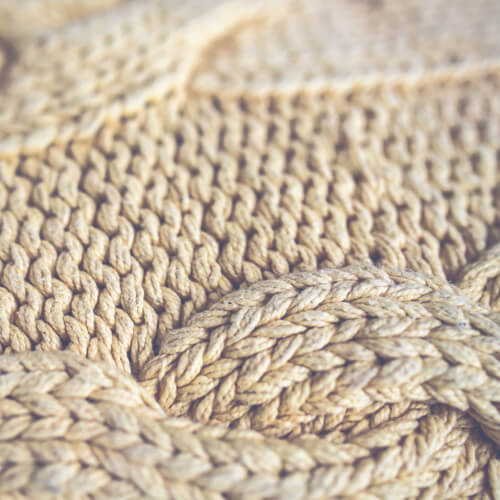This is often a subject that can divide people, but we’ve come to the conclusion that any boots that are made using natural materials such as leather and wool, will be the warmest option for you.
That’s not to say that boots made from synthetic materials can’t be warm too.

Materials such as wool and cotton are great natural insulators, so any heat from your feet is stored rather than dispersed. They also have fantastic moisture wicking properties so are ideal materials for lining boots, particularly wellies, and snow and walking boots which make it quite easy for your feet to sweat.
Conversely, boots with synthetic fur or shearling linings can also be very snuggly. We would however always advise wearing cotton socks to help reduce sweating as this in itself can cause your feet to get cold.
If you’re looking for boots specifically for hiking or walking, one of the biggest concerns should be the weather. If the weather is likely to be poor, making sure your chosen footwear is waterproof is a must. Walking boots made from treated leather or PVC would be your best option, avoiding such materials as nubuck and suede. Nubuck and suede leather are generally softer and offer more flexibility but won’t stand up against wet weather and ultimately, the cold.
If you want to add extra insulation to your boots, there are ways to do this without breaking the bank. The first thing to consider would be boot socks; opting for cotton or natural wool socks will provide you with the heat you need as well as prevent sweating. In addition to this, you could also add some insulating insoles, these are often made from felted wool.
Another thing to consider when it comes to warmth is the fit. Other than causing issues with your feet such as sores and blisters, boots that are ill-fitting can also reduce how well they keep your feet warm. Boots that are too small won’t allow the warm air to circulate, an important part of the insulation process. If on the other hand they’re too big, they’ll likely let too much cold air in, not allowing the warmth from your body to remain in the boot. Use our handy shoe fitting guide to make sure you have the best fit.